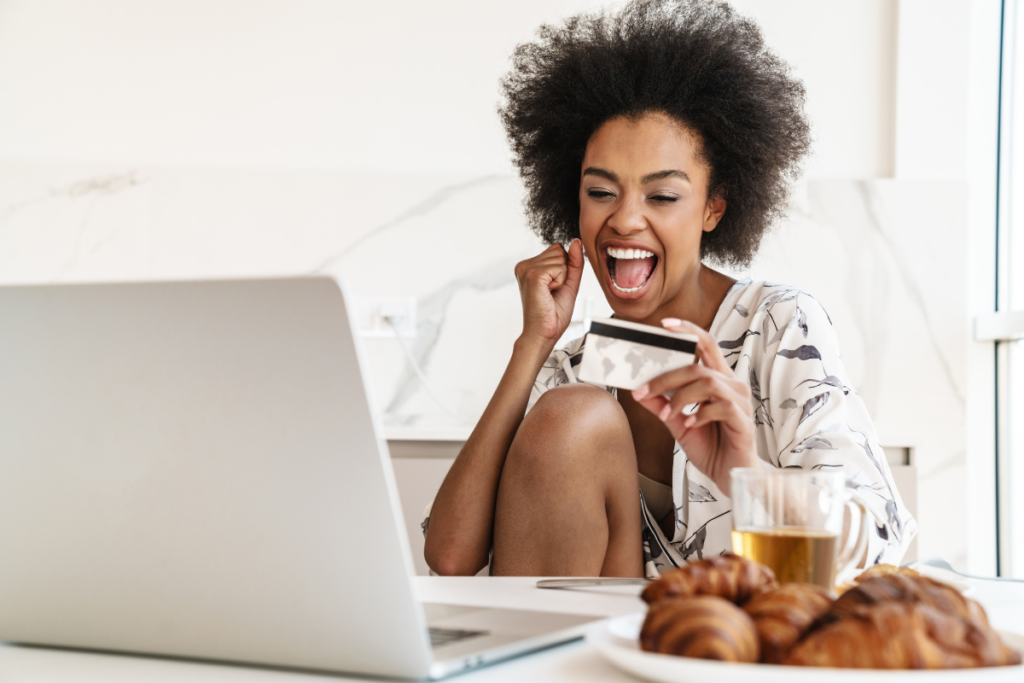
In today’s fast-paced digital world, the art of crafting the perfect booking confirmation email has become more crucial than ever. It’s not just about sending a receipt; it’s about enhancing the user experience, building anticipation, and fostering a lasting relationship with your customers. That’s why we’ve compiled “40 Booking Confirmation Email Templates to Increase User Experience,” a comprehensive guide that transforms the mundane task of sending a confirmation into an opportunity for engagement and excitement.
From the moment a customer completes a transaction, the journey with your brand continues. Immediate confirmation reassures them that their booking is secured, as seen when a customer receives a prompt email stating, “Thank you for your reservation at [Providor Name]. Your reservation is confirmed for [dates].” This immediate acknowledgment is just the beginning.

Crafting a clear and direct subject line, like “Your Booking Confirmed” or “Reservation Confirmation,” ensures your email gets the attention it deserves. Personalization goes a long way in making customers feel valued; addressing them by name and tailoring the email content to their specific transaction creates a connection that generic emails lack.
But it’s not just about the content. The design of your email plays a pivotal role too. A mobile-friendly design ensures accessibility and convenience, while visual appeal can turn a standard confirmation into a memorable part of the customer journey. Each element, from a well-placed call to action to the strategic use of bullet points, contributes to an enhanced user experience.
This guide delves deep into each aspect of crafting the perfect booking confirmation email. It’s not just about informing; it’s about engaging, exciting, and elevating your brand in the eyes of your customers. Join us as we explore these 40 templates, each a stepping stone towards creating unforgettable experiences right from the inbox.


The art of crafting effective booking confirmation emails is an integral part of enhancing customer experience and engagement. Through our comprehensive guide of “40 Booking Confirmation Email Templates to Increase User Experience,” we’ve explored various strategies and techniques to make every email communication impactful and memorable. From immediate confirmations to personalized content, mobile-friendly designs, and visually appealing layouts, each aspect plays a crucial role in enriching the customer journey and strengthening the relationship between your brand and its customers.
As we conclude, it’s important to note that these best practices in email communication are not just theoretical. They are practically implemented and customizable in advanced booking software like Rockons. Rockons booking software offers Automated Communication features, allowing operators to tailor order confirmation emails and other communications to their specific needs and brand voice. This level of customization ensures that every interaction with your customers is personal, effective, and aligned with your brand’s unique identity.
For more details on how Rockons can revolutionize your customer communication and enhance your overall booking experience, visit Rockons Automated Communication. Discover the power of tailored communication and take the first step towards transforming your customer interactions today.
To effectively confirm a booking through email, ensure immediate and clear communication. Use an automated system like Rockons booking software, which can send confirmation emails and SMS messages immediately after a transaction. This reduces administrative tasks and enhances customer experience. More details can be found here.
Best practices include personalizing the email, ensuring it is mobile-friendly, and including information that helps the customer transition to the next step in the process with ease. Rockons booking software can help automate and streamline this process, ensuring each email is tailored and sent promptly.
Write engaging emails by personalizing content, using a friendly and reassuring tone, and including relevant details like dates, times, and locations. Incorporate visually appealing elements and consider using Rockons to automate and customize these emails efficiently.
Include essential details like booking dates, times, locations, and a clear call to action. Personalization and additional information such as contact details or arrival and preparation details can enhance the email. Rockons booking software can help ensure all necessary elements are included.
Automated booking software like Rockons streamlines the process, ensuring timely and personalized confirmation emails and SMS messages. This enhances the customer experience and reduces manual effort. Learn more about Rockons’ capabilities here.
Personalize emails by addressing customers by name, referencing specific details of their stay, and offering tailored recommendations or upgrades. Rockons software can assist in customizing these aspects based on customer data.
Use responsive email templates that adjust to different screen sizes. Rockons booking software provides mobile-friendly templates that ensure your confirmation emails look great on any device.
Include CTAs like ‘View Your Itinerary,’ ‘Upgrade Your Stay,’ or ‘Contact Us.’ Rockons can help automate CTAs relevant to the specific booking, enhancing user engagement.
Use confirmation emails to offer related services, upgrades, or special promotions. Rockons software can help identify and include relevant offers based on the customer’s booking details.
Key elements include a clean and consistent branding with the layout, brand colors, high-quality images, and readable fonts. Brand consistency is important to provide the customer with the safety and security that they are receiving communication from a trusted brand. Rockons booking software offers customizable templates that help create visually appealing and effective confirmation emails.
Rockon Recreation Rentals partners with Commercial Tour, Activity, and Rental Companies to populate the Largest Directory of Outdoor Recreation Rentals.
In doing so, Rockon provides the tour, activity, and rental companies with Activity Booking Software that contains the tools, systems, and processes that help manage bookings, accounting, communications, and record keeping.
Do you want
more bookings?
Hello there! Rockon has created millionaires from those that used Rockon’s Booking Software and Travel Marketing Services. Will you be next? Let us guide you!
Share This